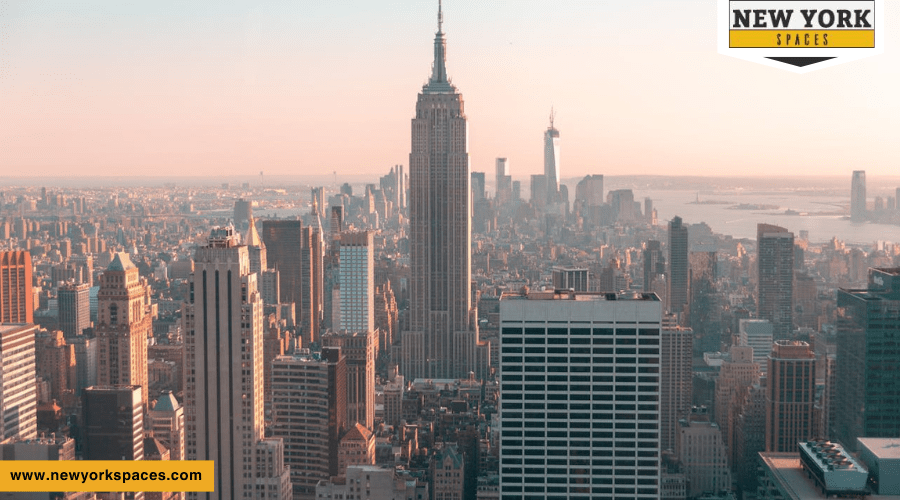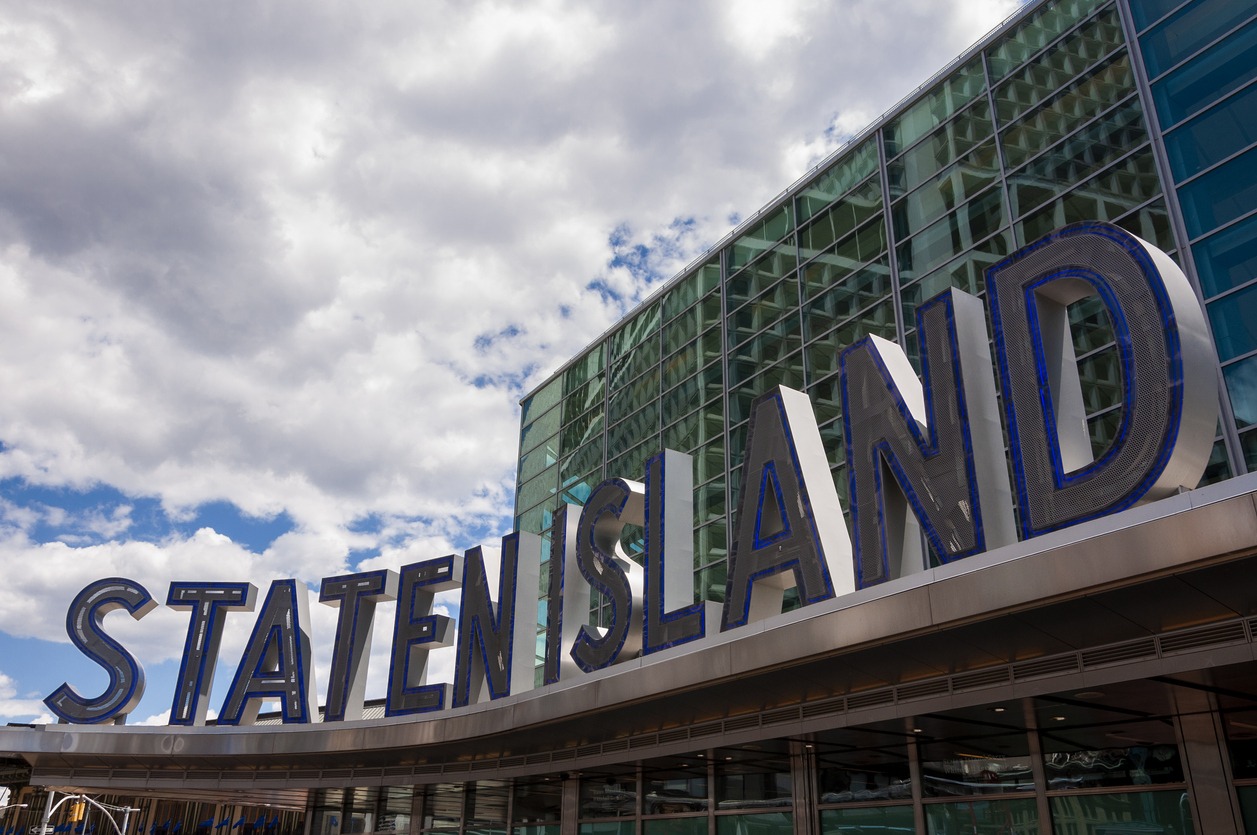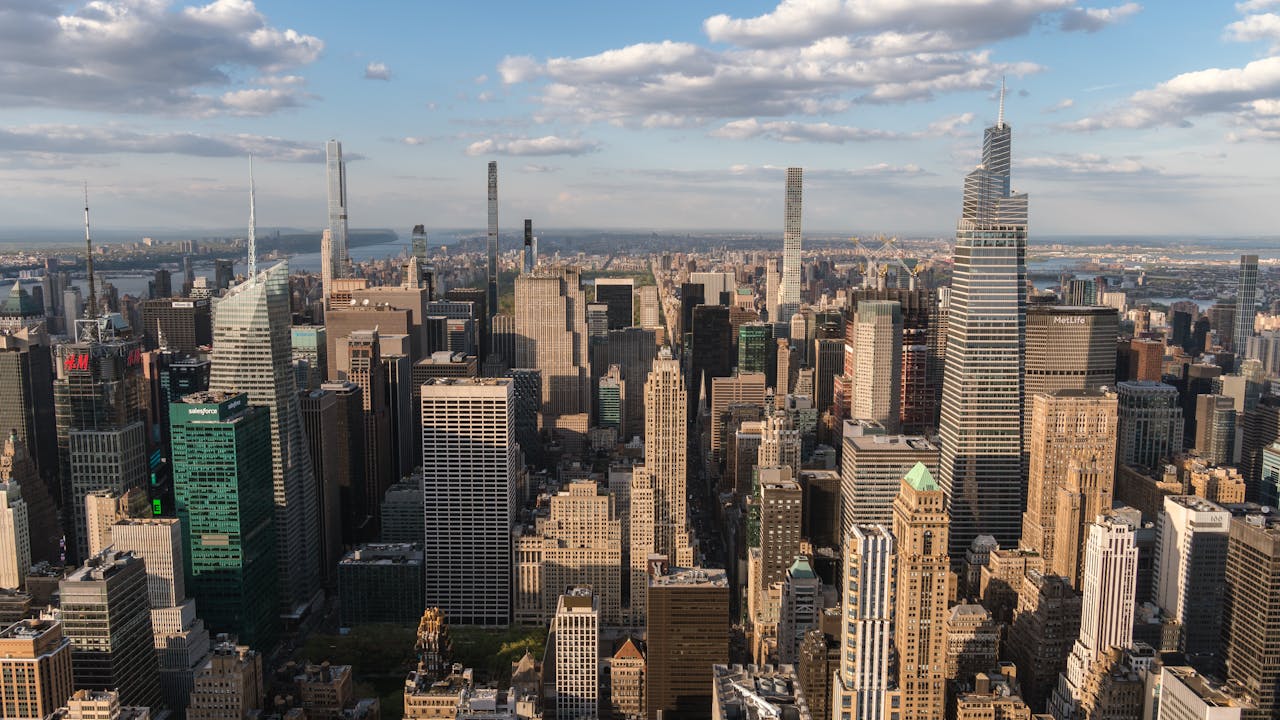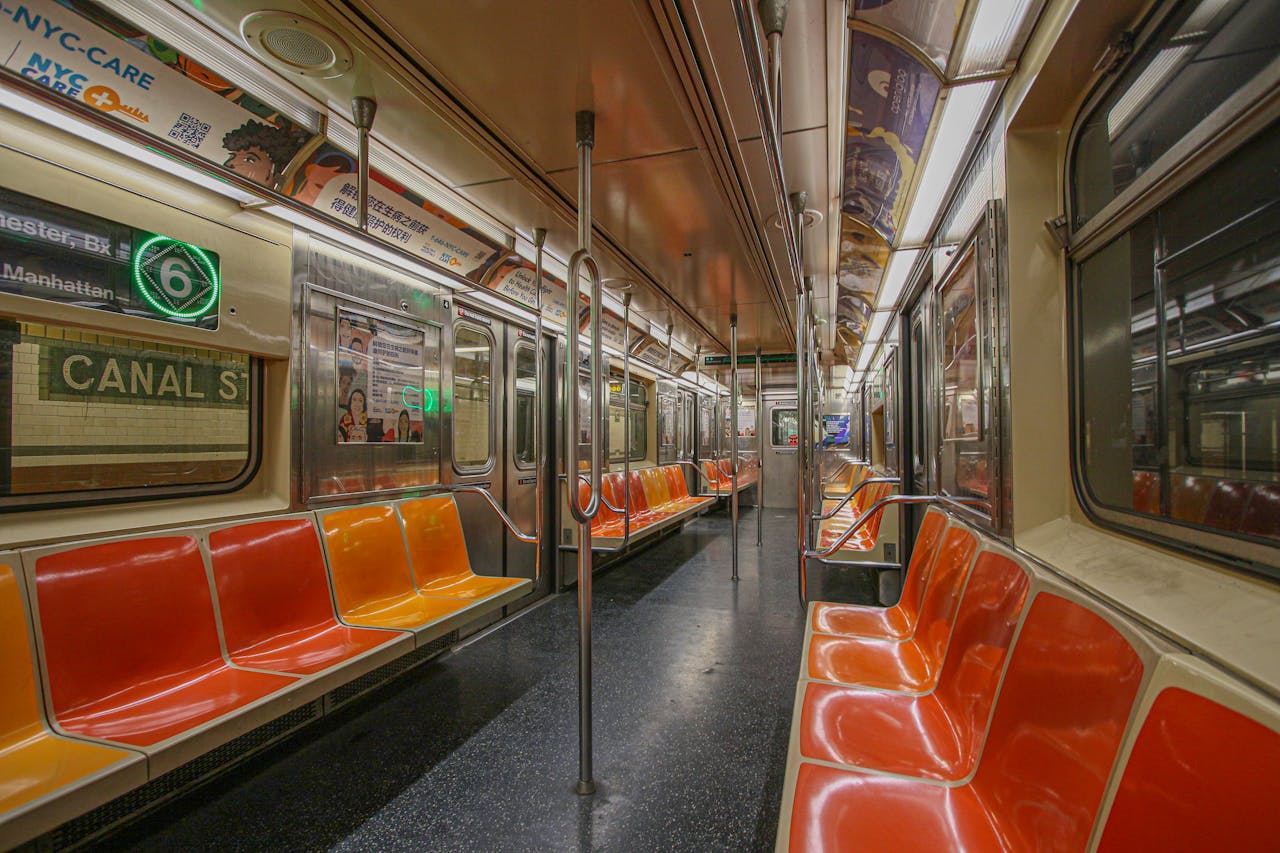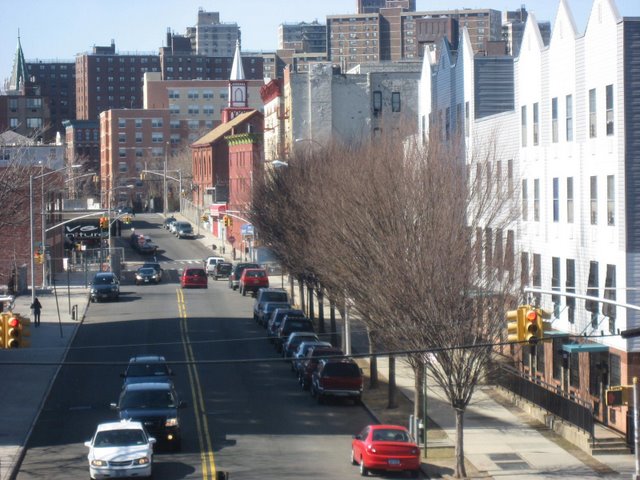Living in New York City is exciting. It offers culture, food, and jobs. It’s a mix of cultures. Schools are top-notch. But, it’s expensive. Rent and meals cost a lot. The subway helps with moving around. Yet, it’s noisy, crowded, and cramped. Weighing pros and cons is key. There’s much to discover.
Key Takeaways
- NYC thrives with culture and fun, enriching lives.
- Schools and universities in the city are diverse and renowned.
- Its vast public transit makes travel simple.
- Living here is expensive and spaces are small.
- Yet, its lively areas and growth chances draw many.
Understanding New York City
To grasp New York City, know it’s a blend of five distinct boroughs: The Bronx, Brooklyn, Manhattan, Queens, and Staten Island. Each adds its own touch to the city’s vibrant life. This affects living costs and school quality. Costs vary. Manhattan is pricier than The Bronx or Staten Island.
New York’s public schools vary. Some are top-rated and sought after. The city invests in education, but school quality differs by area. Research is key if considering a move.
Knowing each borough’s living costs and schools is crucial for understanding New York City. Each borough offers unique pros and cons. Consider these when choosing where to live.
Housing and Living Costs
Living in New York City costs more than most places. Most people rent. About 68% do. Rent for a one-bedroom is about $4,425 a month. Buying a home? The middle price is near $700,000. Want a luxury place? It starts at $8,500 a month.
New York’s charm has a high price. You must plan well. Here’s a quick look:
| Aspect | NYC Cost |
|---|---|
| Average Rent | $4,425 for a one-bedroom apartment |
| Median Home Price | Around $700,000 |
| Luxury Apartment Rent | From $8,500 a month |
Renting or buying, New York’s costs are high.
Employment Opportunities
Living in New York City costs a lot, but it makes up for it with many job chances. The city’s busy economy, one of the world’s biggest, draws big companies like J.P. Morgan Chase and Google. This economic giant not only pulls in global companies but also helps startups and small businesses grow.
Jobs in New York cover many areas, from banking to tech. The New York Stock Exchange shows the city’s key role in global finance. With an unemployment rate just over 6%, it’s a tough job market, but there’s a high demand for skilled workers.
In the business sector alone, about 1.2 million people have jobs. New York offers work in many fields, like finance and law. No matter your experience, New York’s job market has a place for you to grow or start your career.
Education System
New York City sets a high bar for education in the nation. It hosts prestigious universities and specialized high schools. Considering moving? You’ll find a strong, varied education system here. Universities like Columbia, NYU, Pratt Institute, and the Fashion Institute of Technology draw students worldwide.
High schools like the Bronx High School of Science, Townsend Harris, and Stuyvesant are known for their tough curriculums and competitive admissions. They prepare students well for college and careers.
NYC also has top private schools. These schools offer education in arts, sciences, or a holistic approach. They are highly rated and respected.
Neighborhood Diversity
In New York City, neighborhoods are a mix of the world’s cultures. Wealth differences shape life from high-rises to brownstones. This mix enriches the city’s culture and economy.
Cultural Mosaic Enclaves
Every corner of New York City beats with cultural diversity. The city speaks over 800 languages. Its neighborhoods burst with traditions and foods.
See the vibrant enclaves. They show the city’s neighborhoods and cultural mix:
- Jackson Heights, Queens: It celebrates South Asian and Latin American foods.
- Astoria, Queens: Known for its Greek community and foods.
- Chinatown, Manhattan: East meets West here. It offers a true look at Chinese culture and food.
- Little Italy, Bronx: You find Italian heritage, festive moods, and traditional Italian foods.
Each enclave has a story. They invite you to explore the world within the city.
Economic Variances
New York City’s neighborhoods show a mix of wealth. Tribeca shines with wealth. The Bronx shows modesty. This mix, shaped by income, shows the city’s true heart. In places like the Upper East Side, luxury lives. Here, incomes are high, and comforts many. But, the Bronx and Harlem share a different story. Here, lower incomes paint a raw, true picture of city life. This mix of wealth fuels the city’s culture. It also affects what resources, services, and jobs you can find. Knowing these differences helps you choose where to live, based on your money and how you want to live.
Public Transportation
Millions navigate New York City’s public transport daily. The MTA runs subways, buses, and trains, crucial for the city’s life. Both residents and visitors use the subway to reach nearly every corner of the five boroughs efficiently and affordably.
Here’s a brief look at NYC’s public transport:
- The NYC subway has the most stations worldwide, with 472. A subway entrance is always close by, making travel easy.
- Over 5 million riders use the subway on a typical weekday. It’s a reliable part of daily life.
- The system covers more than 5,000 square miles, reaching the city and nearby suburbs. It’s vast and connects many places.
- The MTA operates it, serving millions daily. It keeps the city moving.
NYC’s public transport is vital. It links the city’s many neighborhoods, supporting work and fun alike.
Safety and Crime Rates
Considering moving to New York City? Safety varies by neighborhood. Crime rates are down in areas like Chelsea and Battery Park City, making them safer. Community efforts and local policies help.
Crime Rate Trends
New York City’s crime rate sits 9% below the national average. This makes it relatively safe. If you’re thinking of moving to or visiting NYC, consider safety. Here are key points on crime rate trends:
- NYC is safer than 19% of U.S. cities. It offers moderate safety.
- Crime rates vary across different neighborhoods. It’s important to research areas.
- Crime rates change by borough. Some have higher or lower incidents.
- NYPD plays a crucial role in keeping the city safe and reducing crime.
Knowing these trends helps make informed decisions about living or visiting NYC’s diverse areas.
Neighborhood Safety Variances
Some New York City neighborhoods feel safer than others. This is due to differences in safety and crime rates across the five boroughs. NYC’s crime rate is 9% lower than the national average. Yet, not every area is equally safe. Crime rates vary greatly between boroughs. This is because of population density, economic conditions, and policing strategies. These differences affect how safe you feel in different neighborhoods. Knowing about these safety variances is important when choosing where to live in New York.
Preventative Measures Effectiveness
New York City’s crime rate sits 9% below the national average. This fact highlights how well its safety measures work. In comparison, New York is safer than 19% of cities in the U.S. The city relies on community policing. This method builds trust within neighborhoods to stop crime before it starts. Each neighborhood gets its own safety plan. This ensures that all residents enjoy a safer environment. Together, these efforts and the hard work of local police make New York City relatively safe to live in and visit.
Cultural and Recreational Activities
Explore New York City. It has over 1,700 parks, top museums, and a famous theater scene. You want culture or fun, NYC has it. Walk in Central Park. See art at the Metropolitan Museum. Enjoy a Broadway show.
The city’s nightlife is vibrant. You’ll find trendy bars and old jazz clubs. There’s always something happening at night. If you like the beach, it’s close. Rockaway Beach has sun and surf. Coney Island has an amusement park.
The High Line is an urban project. It mixes nature with design. It’s a place to walk above the streets. New York City offers nature, culture, and fun. Living here is a constant adventure.
Climate and Weather Conditions
New York City boasts a rich culture and endless fun. But, its climate and weather also play a big role in life here. The city’s weather changes with each season, offering a range of experiences. Here’s what matters:
- Summers are mild, winters cold: Temperatures swing from 24°F in winter to 85°F in summer. This lets you enjoy everything from sunbathing in Central Park to ice skating at Rockefeller Center.
- Rain all year: The city gets about 44.8 inches of rain each year. This keeps the parks and gardens green.
- Four seasons: Every season has its charm, from spring flowers to fall leaves. The changing seasons always offer something new.
- Winter snow: Snowfall is rare but magical. It turns the city into a winter wonderland, perfect for seasonal fun.
New York City’s weather makes it a great place to explore all year.
Frequently Asked Questions
Is It Worth It to Live in New York City?
New York City has culture, jobs, and nightlife. It’s expensive, but the life and people make it worth it.
How Much Do You Need to Live Comfortably in Nyc?
To live well in NYC, earn at least $95,000. Budget smart. Pick the right neighborhood. Consider lifestyle and costs. Set salary goals accordingly.
Is It More Expensive to Live in Nyc?
Yes, NYC costs more. High rent, scarce space. Yet, great subways and diverse culture balance it. Unique place to live.
Why NYC Is the Best Place to Live?
NYC thrives on its diverse culture, endless fun, and unmatched networking. World-class museums and vibrant street food fill each corner. It’s unique.
Conclusion
New York City is unique. It mixes diversity, culture, and chances like no other place. Yes, it costs a lot. Yes, it’s always busy. But, you get top-notch schools, jobs, and fun. The trains and buses make travel easy. Every neighborhood feels like its own small town. Safety and weather might worry you. But the city’s energy and toughness stand out. So, is NYC a good place to live? Yes.

